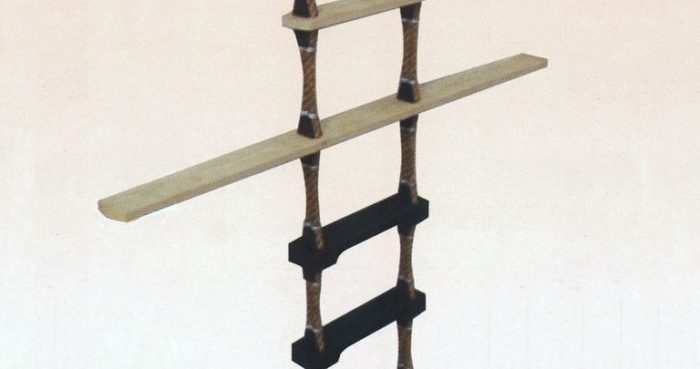The American P&I Club issued a safety guide for shippers concerning the pilot boarding, as over the past five years, several injury incidents occurred from embarking and disembarking from a vessel’s pilot ladder.
In particular, the Club informs that falls overboard are not uncommon. While they are less likely to be fatal, tragedies still periodically occur. Worldwide, harbor pilots experience an average of 2-3 fatalities per year as a result of transfer accidents. Pilot operations present a number of inherent safety risks which could result in serious physical injury to the pilot. The ship’s physical characteristics, boarding arrangement, and most importantly the actions of the ship’s officers and crew all play a vital role in ensuring the pilot’s personal safety, and successful pilot transfers.
IMPA Safety Campaign
The International Maritime Pilot’s Association (IMPA) conducted its annual pilot ladder safety survey in October 2016, which aims to monitor compliance levels and draw to the industry’s attention to the defects that pilots encounter when boarding and disembarking vessels. The survey provides data of non-compliant defects by type and frequency of occurrence. Some of the more frequent defects were:
Defects of pilot ladder
- Not against ship’s hull
- Steps not of suitable material
- Poorly rigged retrieval line
- Steps broken
- Steps not equally spaced
- Pilot Ladder more than 9 meters
- Steps dirty/slippery
- Side-ropes not of suitable material
- Pilot Ladder too far forward/Aft
- Steps painted
- Incorrect step fittings
- No bulwark ladder
- Steps not horizontal
Defects of bulwark/deck
- No handhold stanchions
- Faulty handhold stanchions
- Ladder not secured properly
Safety equipment defects
- Inadequate lighting at night
- No lifebuoy with self-igniting light
- No VHF communication with the bridge
- No heaving line
- No responsible officer in attendance
Combination of defects
- Lower platform stanchions/rail incorrect rigged
- Accommodation ladder too steep (>45 degrees)
- Pilot ladder not attached 1.5m above accommodation ladder
- Lower platform not horizontal
- Ladder(s) not secured to ship’s side
- Lower platform less than 5 meters above the sea
Pilot Ladder Arrangements
All arrangements used for pilot transfer should efficiently fulfill their purpose of enabling pilots to embark and disembark safely. The most common rigging consists of a designated pilot ladder of SOLAS type approved design and construction. The steps should have adequate non-skid, and no more than two replacement, steps which are secured in position by a method different from that used in the original construction of the ladder. Pilot ladders should only be used for pilot operations and stored and covered when not in use.
Precautions Safe rigging American club recommends that seafarers should always check the condition of the ladder and lines before they are rigged, under vessel planned maintenance practices. Throughout the rigging process, seafarers should always take care of their own safety, wearing a life jacket (and a life-line or safety harness if appropriate). There should be measures in place to ensure the utmost safety of the ship’s crew during the rigging, use, and de-rigging of any pilot transfer arrangements. Shore-side Management Vessel Superintendents or Designated Persons Ashore (DPAs) should ensure that: On Board Responsibilities Pilot ladders fall into disrepair and are not afforded the maintenance they deserve perhaps because they are not actually utilized by the crew. Adopting a “maintain it like your life depended on it” approach on board could very well make a difference. The ship’s master and officers should additionally be sure to: American club concludes that safe pilot transfers are truly the result of cooperation between vessel management and the pilot. Adequately maintained equipment, good procedures, and sound judgement all come into play with successful pilot transfers. Ships must do their part by ensuring safe and proper boarding arrangements and pilot operations, remembering that “Every step matters”. Additional information may be found in the following report: Source: American P&I Club































































